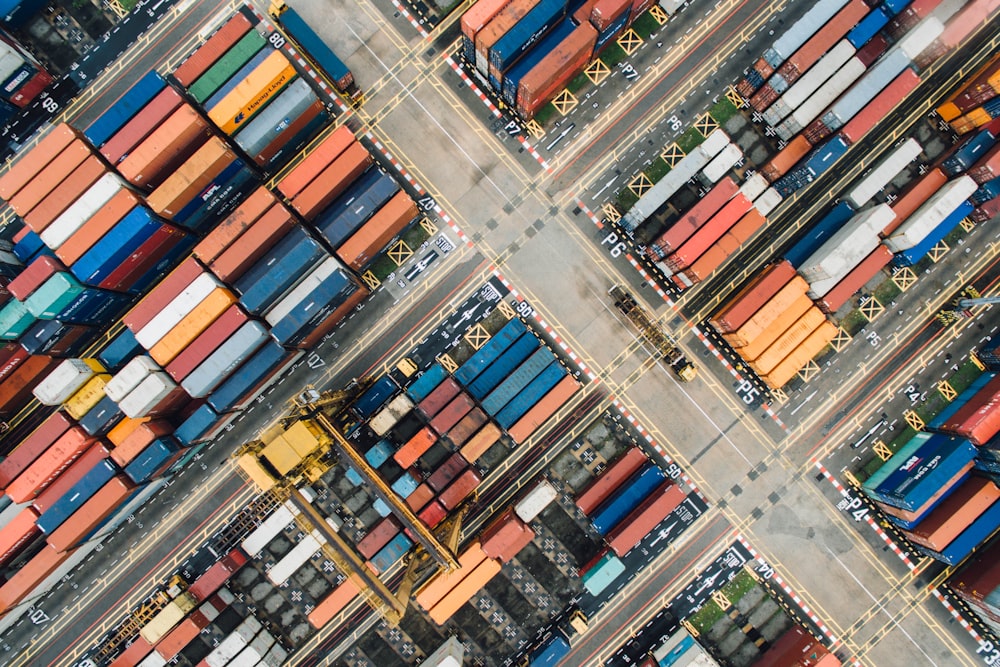
The race to pay drivers as little as possible is underway in Indonesia. In this competition, the participants are platform companies in online transportation services, such as Gojek, Grab, Shopee Food, Maxim, InDriver. Some researchers argue that competition between platform companies will create equilibrium prices, also called a race to the middle, which is considered positive.
This positive assessment of the platform’s inter-corporation competition is rooted in the neoclassical economic notion of perfect competition. In this theoretical framework, it is assumed that competition equalizes supply and demand to create a balance of goods prices, wages, and profits; the results of which will create mutual benefits. Therefore, the preconditions for such competition are emphasized as important from a policy perspective. These preconditions include strong legal systems to support the operation of the ‘free’ market and the minimization of state intervention, which is thought to distort market price signals.
However, the story of perfect competition is far removed from how competition actually plays out. Indeed, capitalism is not as harmonious as the neoclassical framework suggests. This has led to the recognition of imperfect competition within the neoclassical framework. Stiglitz, for example, sees that markets may not work perfectly because of information asymmetries. The Marxist economist Anwar Shaikh has proposed an entirely different view of competition. For him, what takes place in capitalism is not perfect competition, but real competition. In a real competition framework, there is competition between companies to cut production costs so as to enable them to lower commodity prices below those of their competitors. With lower prices compared to their competitors, their commodities tend to be chosen by consumers. This means that competition is a fight to beat rival companies, which often leads to a process of centralization: the strong get stronger and the weak get competed out of the market.
Read More »





